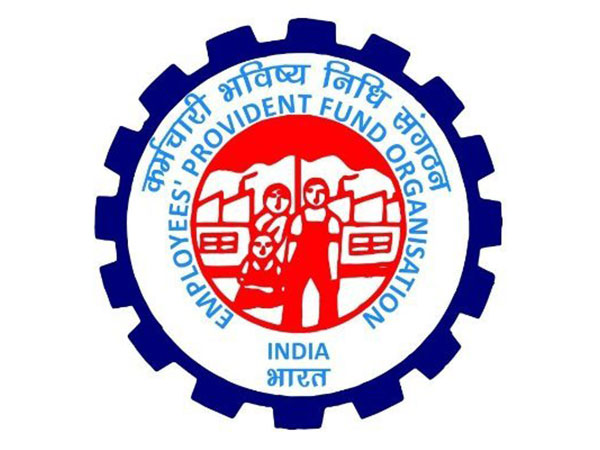The Reserve Bank of India’s recent monetary policy easing is expected to support year-on-year credit growth of around 10.8% in FY2026, amounting to an expansion of ₹19 lakh crore to ₹20.5 lakh crore, according to a report by ratings agency ICRA released on Tuesday.
Key measures contributing to this anticipated growth include the recent repo rate cut, the deferment of proposed changes to the Liquidity Coverage Ratio (LCR) framework, and relaxation in additional provisioning norms for infrastructure projects. The RBI has also rolled back increased risk weights on unsecured consumer loans and lending to non-banking financial companies (NBFCs), the report noted.
Additionally, the RBI’s infusion of durable liquidity—through open market operations (OMOs), government bond purchases, and forex swaps with banks—is expected to support liquidity in the banking system and enable faster transmission of policy rate cuts, ICRA said.
Despite these supportive moves, the report cautioned that challenges persist. These include difficulties in deposit mobilisation, a high credit-deposit (CD) ratio, and rising stress in unsecured retail and small business loans, which are expected to weigh on the pace of credit growth. As a result, credit expansion in FY2026 is likely to remain below the recent highs observed in FY2024.
“The pro-growth regulatory stance has revived lenders’ appetite for credit in Q4 FY2025 after a brief period of subdued growth earlier in the fiscal,” ICRA stated.
The recent liquidity measures announced by the RBI are seen as efforts to hasten the transmission of rate cuts. However, banks continue to face challenges in raising deposits at competitive rates, particularly retail deposits. This is due to pressure on maintaining LCR norms and competition from other investment avenues.
With a growing investor preference for term deposits, banks have seen a declining share of low-cost current and savings account (CASA) balances, which has driven up their overall cost of funds. ICRA expects this pressure to persist in the near term, potentially delaying the full impact of policy rate cuts on banks’ funding costs and impacting their net interest margins (NIMs).
Furthermore, the banking sector’s increased reliance on wholesale deposits—due to a high CD ratio—has led to a gradual decline in the sector’s average LCR.
ICRA Vice President Sachin Sachdeva said, “With the elevated CD ratio, competition for deposit mobilisation will likely remain intense in FY2026, limiting the ability of banks to lower deposit rates. However, lending rates may stay under pressure due to a decline in external benchmark-linked loans and increased competition from debt capital markets.”
He added that with expectations of a cumulative 75 basis point cut in the repo rate starting from February 2025, ICRA anticipates a 15–17 basis point decline in banks’ NIMs during FY2026.
Despite these margin pressures, ICRA expects bank profitability to remain at comfortable levels. The report projects return on assets (ROA) at 1.1–1.2% and return on equity (RoE) at 12.1–13.4% in FY2026.
“This level of profitability should be sufficient to support projected credit growth without a significant need for fresh capital infusion,” Sachdeva said, reaffirming ICRA’s Stable outlook for the Indian banking sector.
— IANS




















